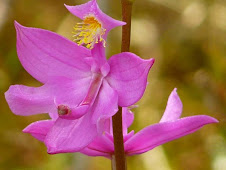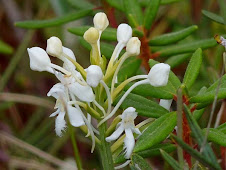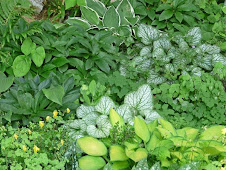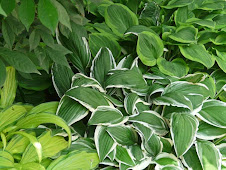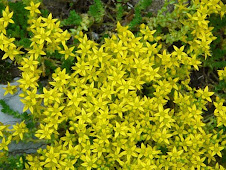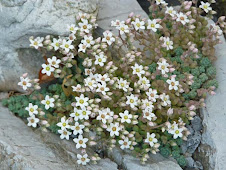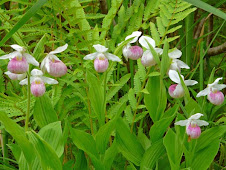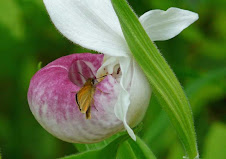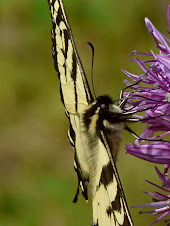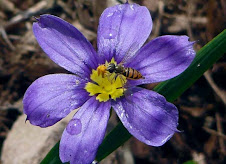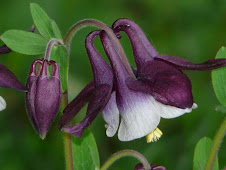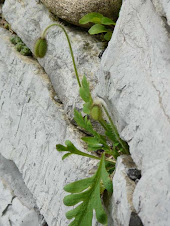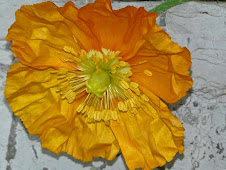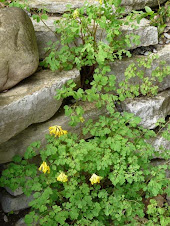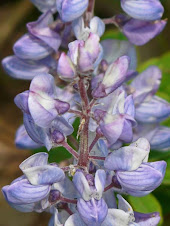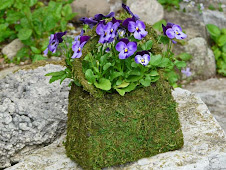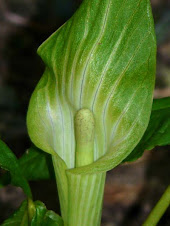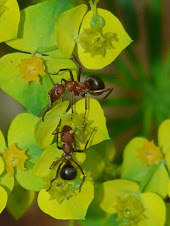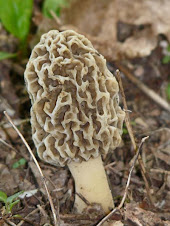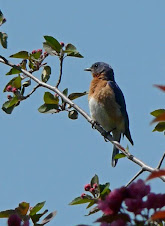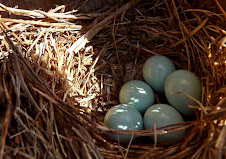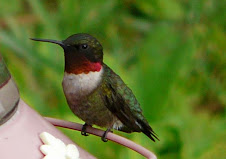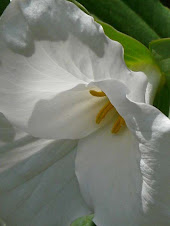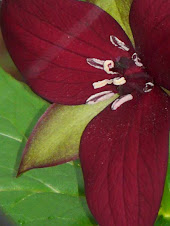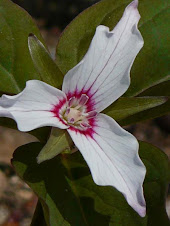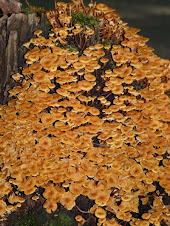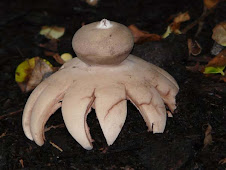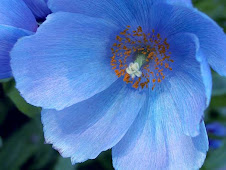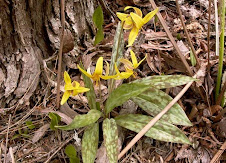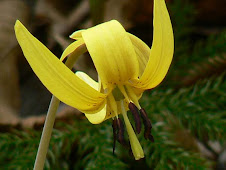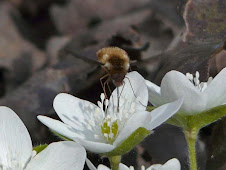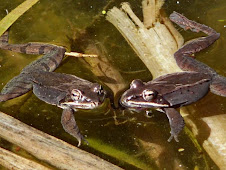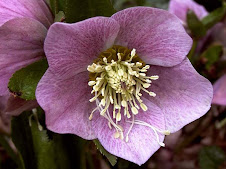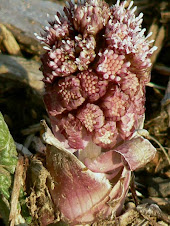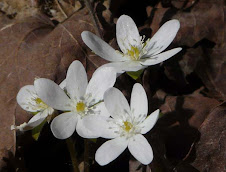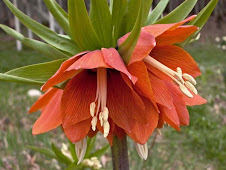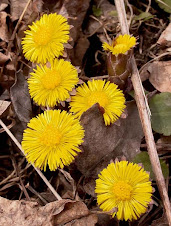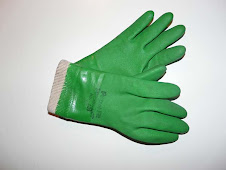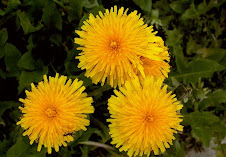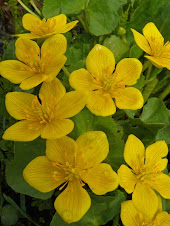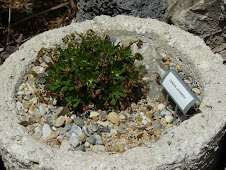Saturday, April 18, 2009
Lovely and Unique...
...things are blooming in the gardens. Among the lovely are Helleborus orientalis, Lenten Rose, it is in full bloom (just missed Lent and Easter). Another that is blooming, is Astilboides tabularis, a very unique blossom. I don't know the common name or if there even is one. I purchased the plant at White Flower Farms in Litchfield, Connecticut several years ago, while on a garden club tour of New England Nurseries. The first glimpse of the enormous leaves and I knew I wanted that plant . The genus contains a single species, and what a species it is!!! It is native to Northern China, it prefers partial shade, but I have it growing in full sun. The plant height is about 3 feet and each leave is in excess of 24 inches. It is invasive but, not too difficult to keep under control. In the garden it is truly a show stopper.
Friday, April 17, 2009
Playing in the Mud...
...isn,t just for kids. Yesterday a gardening friend and I took a "hypertufa" class and played in the mud. We both made a container that is made from equal parts of portland cement and "Promix".
The Promix is a combination of chopped sphagnum moss, perlite and sand. The cement and potting mix are combined with water, until it is a smooth consistent mix and will make into "mud balls" easily, (it is like making pie dough). We had a mold which was made of styrafoam and molded the "mud" into the form. The shape is actually octagonal, but looks like a large rectangle with pushed in corners. It is about 20" by 14" and about 10" deep. It will be ready for Spring planting, but takes about 21 days to cure. The plants used in hypertufas are usually apline (rock garden) plants. I did a post on this last month. Both my gardening friend and I agreed that it was wonderful day and great to "play in the mud" again. Once the container is "cured" and planted I shall post a photo.
The Promix is a combination of chopped sphagnum moss, perlite and sand. The cement and potting mix are combined with water, until it is a smooth consistent mix and will make into "mud balls" easily, (it is like making pie dough). We had a mold which was made of styrafoam and molded the "mud" into the form. The shape is actually octagonal, but looks like a large rectangle with pushed in corners. It is about 20" by 14" and about 10" deep. It will be ready for Spring planting, but takes about 21 days to cure. The plants used in hypertufas are usually apline (rock garden) plants. I did a post on this last month. Both my gardening friend and I agreed that it was wonderful day and great to "play in the mud" again. Once the container is "cured" and planted I shall post a photo.
Wednesday, April 15, 2009
Tiny flowers...
...bring Great Joy!!! I have been ill for the past few days, and still not feeling fit, I needed to be outside. The sun is shining and it is warm, from the windows I can see that the Spring bulbs are growing and starting to bud. Warm breezes brush my face, birds singing caress my ears, what could be healthier? I begin wandering throughout the yard, checking each garden. Daffodil, Virginia Blue Bells, Allium, tiny leaves of Bleeding Heart, wee buds of double Blood Root, each discovery exciting, like finding floral jewels. As I wander near the woods, I am surprise to find Hepatica acutiloba blooming, it is another Son before Father plant in which the flowers bloom before the leaves. Near the Hepatica another plant is blooming, one from a bulb planted in the fall, it is called Wolfbane. Amazing what a few tiny flowers can do to heal a gardener...
Subscribe to:
Comments (Atom)
The Deerly Beloved

Garden Flowers-Yum!!!
